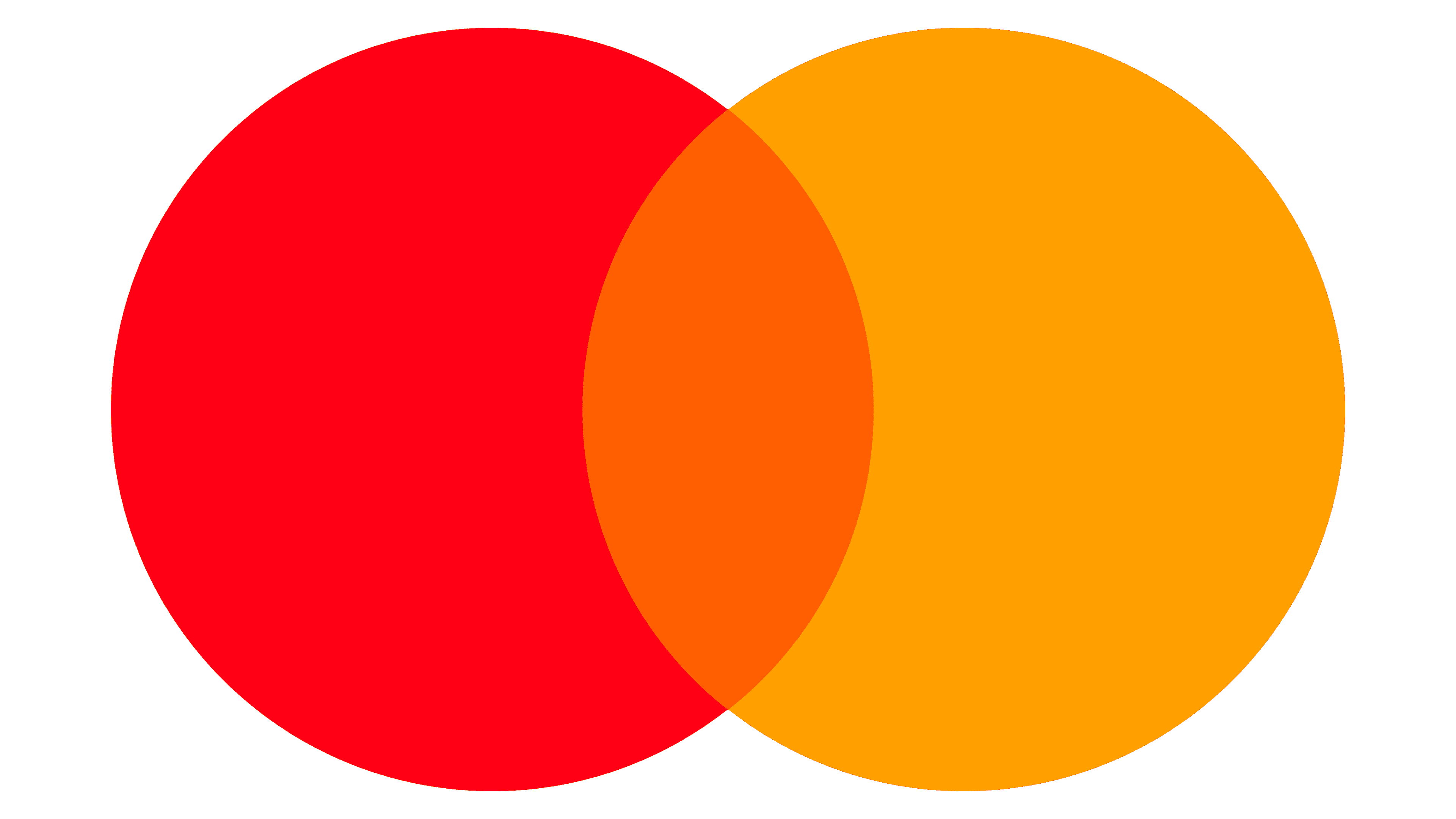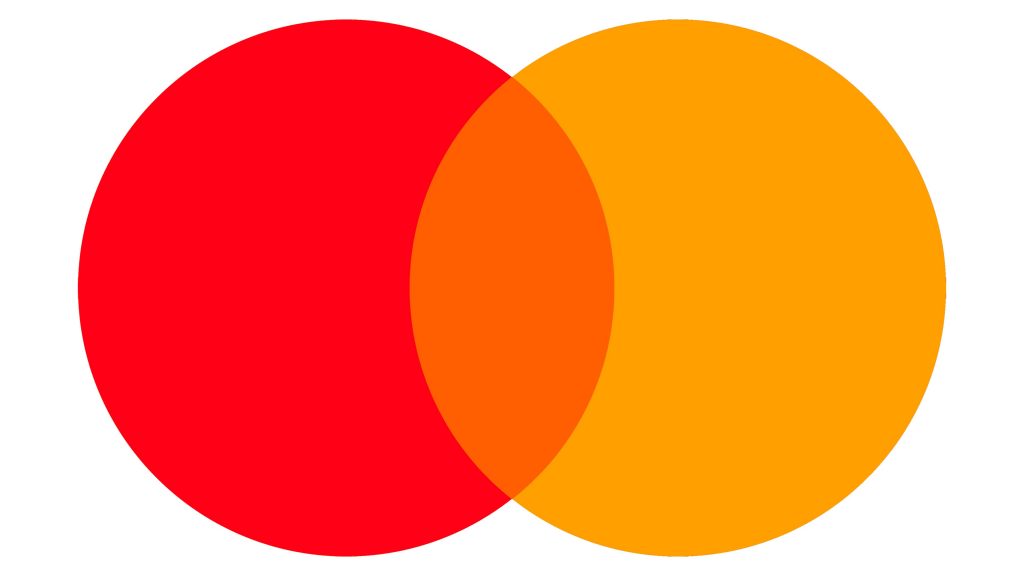Mastercard Logo
Tags: debit cards | payment system | transactions
Mastercard is a transcontinental money-transferring service that unites numerous banks in the US and worldwide. It is one of the largest digital payment systems playing a critical role in processing transactions among financial organizations, cardholders, and shops. Their additional products are branded credit and debit cards accepted in various currencies.
Meaning and History
It was founded in 1966 as the Interbank Card Association, a uniform payment system for a group of banks in California. In 1968, the system changed its name to MasterCharge. In the 70s, this institution created the first magnetic cards. They would spread nationwide and then worldwide, transforming the lives of people.
The name Mastercard appeared in 1979 and is used today. It signifies that the service’s cards work with numerous banks that ordinary customers use, reflecting the ‘master’ concept. Their logotype depicting two merged circles became highly recognizable.
In the early 2000s, Mastercard introduced a contactless payment system. It was the first secure digital payment solution, that opened a variety of options for e-commerce and business. Mastercard’s commitment to providing secure, convenient, and efficient payment options has propelled its growth and made it a trusted name in the financial services sector.
What is Mastercard?
Mastercard is an international financial platform that enables its customers to conduct money transfers via debit/credit cards and digital services. It was founded in 1966, and since then has become one of the largest on the market.
1966 – 1968
The Interbank’s logotype was a black circle with a large lowercase ‘i’ on it. It was executed in a bold typeface with tiny serifs. Below the circle, the capitalized name found its place.
1968 – 1979
The Mastercharge’s logotype depicted the two iconic circles, one of which was red, and another one was orange. They merged, and the joining zone was dark red. Sometimes, they put the circles inside a thin rectangular frame. Over them, they placed the lowercase name caption and a tagline ‘the interbank card’ in all capitals. The ICA’s logotype was at the logo’s lower right corner.
1979 – 1990
In 1979, the brand transitioned to the name “MasterCard,” leading to a redesign of its logo. The new logo showcased two uppercase words positioned above two circles, all rendered in a consistent white color — a continuation of the previous version’s aesthetic. This update aligned the logo with the brand’s new identity and reflected the evolution of MasterCard’s offerings.
1990 – 1996
In the 1990 redesign, MasterCard embraced a new color palette by replacing the previous orange hue with a vibrant yellow. The section where the two circles joined featured horizontal stripes in both yellow and red. Additionally, the nameplate changed: it received an italic script with renewed tips of the characters.
1996 – 2016
In the mid-90s, the service’s official logotype transformed once more. The connecting area featured fewer stripes, but they became bolder. The name caption was executed in an extra bold italic typeface without serifs. Each letter had a violet shadow, which added a 3D effect.
2016 – 2020
The 2016 redesign shows the familiar circle without any stripes or additional patterns. The area in which one circle overlapped another was deep orange. Below the inscription, they placed the lettering in a standard lowercase script without serifs.
2019 – today
The latter logotype depicted the familiar circles without an inscription.
Font
Though the current logo is textless, recently the Mastercard logo showcased a sophisticated wordmark that utilized the FF Mark type family. It has a sleek style with semibold lines and without serifs.
Color
Since 1990, the Mastercard emblem has boasted a striking combination of red and orange, setting it apart from other brands. Throughout the years, its vibrant color code has become the distinctive characteristic of the brand, representing its commitment to dynamic and innovation.










